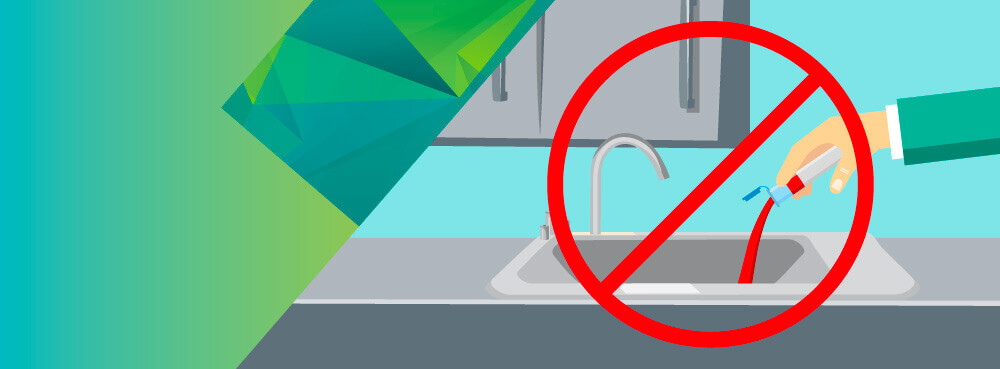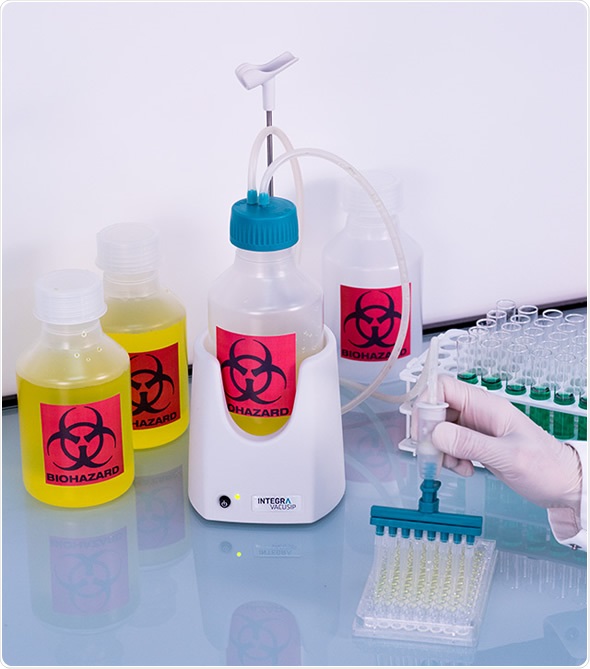Professional Liquid Waste Removal Melbourne: Quick and Inexpensive Solutions
Professional Liquid Waste Removal Melbourne: Quick and Inexpensive Solutions
Blog Article
Just How Liquid Waste Disposal Works: A Comprehensive Summary of Techniques and Technologies Used

Overview of Liquid Waste Types
The complexity of liquid waste kinds necessitates a comprehensive understanding of their qualities and effects for disposal. Liquid waste can generally be categorized into a number of types, consisting of industrial, municipal, agricultural, and contaminated materials. Each category exhibits distinct residential properties, calling for specific management methods to minimize environmental and wellness risks.
Industrial fluid waste originates from producing processes and typically has a variety of impurities, such as hefty metals, solvents, and organic substances. Metropolitan liquid waste, mostly making up wastewater from homes and business facilities, includes natural issue, nutrients, and virus (industrial wastewater treatment). Agricultural fluid waste, including runoff from farms, may consist of plant foods, chemicals, and pet waste, posturing risks to water quality and environments
Unsafe fluid waste is identified by its poisoning, sensitivity, or possible to trigger injury. This group consists of materials like acids, bases, and specific chemicals that require rigid handling and disposal procedures. Comprehending these varied fluid waste kinds is crucial for developing effective disposal methods and guaranteeing compliance with environmental policies. Proper classification and characterization are vital for applying ideal therapy strategies and decreasing the negative effect on public wellness and the atmosphere.
Physical Therapy Techniques

Testing is the first step, where larger fragments and particles are removed from the fluid waste making use of screens or grates. In sedimentation containers, much heavier particles resolve at the base, forming a sludge layer, while the clarified fluid can be further dealt with.
Filtering is another essential approach that involves passing the fluid with porous products, such as sand or membranes, to capture smaller sized particles. This action improves the quality of the fluid, making it suitable for succeeding treatment procedures.

Chemical Therapy Techniques
Chemical therapy strategies are important for successfully taking care of fluid waste, particularly in dealing with dissolved and colloidal pollutants that physical techniques might not appropriately remove. These techniques utilize various chemical agents to neutralize, precipitate, or transform dangerous compounds into less hazardous types.
One typical technique is coagulation and flocculation, where chemicals such as alum or ferric chloride are included in promote the aggregation of suspended particles. This process boosts sedimentation, allowing for easier removal of the resulting sludge. Additionally, oxidation procedures, using representatives like chlorine or ozone, are utilized to damage down intricate natural substances and microorganisms, making the waste safer for discharge or further therapy.
Neutralization is another crucial technique, which readjusts the pH of acidic or alkaline waste streams to neutral degrees, stopping potential injury to downstream systems and the setting. Moreover, advanced oxidation procedures (AOPs) use combinations of oxidants and ultraviolet light to degrade relentless contaminants, achieving a greater level of therapy performance.
Biological Therapy Processes
Organic treatment procedures play a vital function in the monitoring of liquid waste by making use of bacteria to break down raw material and reduce impurity levels. These procedures can be broadly classified right into cardiovascular and anaerobic treatments, each using particular microbial areas to achieve reliable waste degradation.
Cardiovascular therapy involves the usage of oxygen to facilitate the look at this website breakdown of organic products by microorganisms. This process is frequently applied in activated sludge systems, where oygenation containers provide a favorable atmosphere for microbial development, bring about the oxidation of organic contaminants. The resultant biomass can be divided go to my blog from dealt with effluent via sedimentation.
On the other hand, anaerobic treatment happens in the lack of oxygen, relying upon various bacteria to damage down organic matter. This method is especially helpful for high-strength waste, as it creates biogas, an eco-friendly power source, while minimizing sludge production. Technologies such as anaerobic digesters are frequently utilized in industrial and local applications.
Both anaerobic and aerobic biological treatments not just decrease the ecological impact of liquid waste but likewise assist in source recuperation, making them crucial elements of lasting waste monitoring strategies. Their effectiveness, versatility, and performance support their prevalent execution across numerous markets.
Arising Technologies in Disposal
Innovative techniques to liquid waste disposal are rapidly developing, driven by advancements in innovation and an enhancing focus on sustainability. Among these arising technologies, membrane layer bioreactors (MBRs) have gotten grip for their capacity to combine organic treatment with membrane purification, leading to high-grade effluent that can be reused in various applications. MBRs make it possible for smaller impacts and more efficient procedures contrasted to conventional systems.
Another appealing advancement is making use of anaerobic food digestion incorporated with nutrient healing innovations, which not only treats fluid waste yet also generates biogas and recovers important nutrients like nitrogen and phosphorus. This twin benefit boosts resource efficiency and minimizes environmental impact.
Furthermore, advanced oxidation procedures (AOPs) are being embraced for the deterioration of complex organic toxins. These techniques utilize effective oxidants browse around here and stimulants to break down pollutants at the molecular degree, supplying a highly effective service for difficult waste streams.
In addition, the integration of synthetic knowledge and maker understanding in waste management systems is optimizing operational efficiency and predictive maintenance, leading to decreased expenses and improved environmental compliance. These innovations show a substantial change in the direction of even more lasting and efficient liquid waste disposal practices.
Verdict
In conclusion, reliable fluid garbage disposal requires an extensive understanding of various techniques and technologies. The assimilation of physical, chemical, and organic treatment methods ensures the reliable administration of diverse waste types. Moreover, the appearance of cutting-edge modern technologies improves treatment efficiency and advertises sustainability in waste administration practices. By continually advancing these approaches, it becomes feasible to attend to the growing obstacles connected with liquid waste, inevitably adding to environmental management and resource recuperation.
Liquid waste disposal is an important element of ecological administration, requiring a comprehensive understanding of different methods and modern technologies customized to various waste kinds. Fluid waste can generally be classified right into numerous kinds, consisting of commercial, metropolitan, farming, and unsafe waste. Agricultural fluid waste, consisting of drainage from ranches, might consist of plant foods, chemicals, and animal waste, positioning dangers to water high quality and environments.
Different physical therapy approaches play a critical duty in taking care of fluid waste successfully - industrial wastewater treatment.In conclusion, reliable fluid waste disposal necessitates a comprehensive understanding of various strategies and modern technologies
Report this page